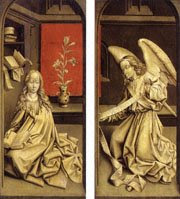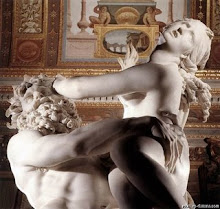









GIORDANO, Luca
(b. 1632, Napoli, d. 1705, Napoli)
Biography
Neapolitan painter, the most important Italian decorative artist of the second half of the 17th century. He was nicknamed `Luca Fa Presto' (Luke work quickly) because of his prodigious speed of execution and huge output.
He began in the circle of Ribera, but his style became much more colorful under the influence of such great decorative painters as Veronese, whose works he saw on his extensive travels. Indeed, he absorbed a host of influences and was said to be able to imitate other artists' styles with ease. His work was varied also in subject-matter, although he was primarily a religious and mythological painter.
He worked mainly in Naples, but also extensively in Florence and Venice, and his work had great influence in Italy. After five years back in Naples, Giordano went to Florence again where he produced one of his most important works, the gallery frescoes in the Palazzo Medici-Riccardi (1682). These airy, luminous frescos provide a foretaste of eighteenth century art.
In 1692 he was called to Spain by Charles II and stayed there for 10 years, painting in Madrid, Toledo, and the Escorial. His last work when he returned to Naples was the ceiling of the Treasury Chapel of S. Martino. In his personal self-confidence and courtliness, and in the open, airy compositions and light luminous colors of his work, Giordano presages such great 18th-century painters as Tiepolo.





























.jpg)


.jpg)











